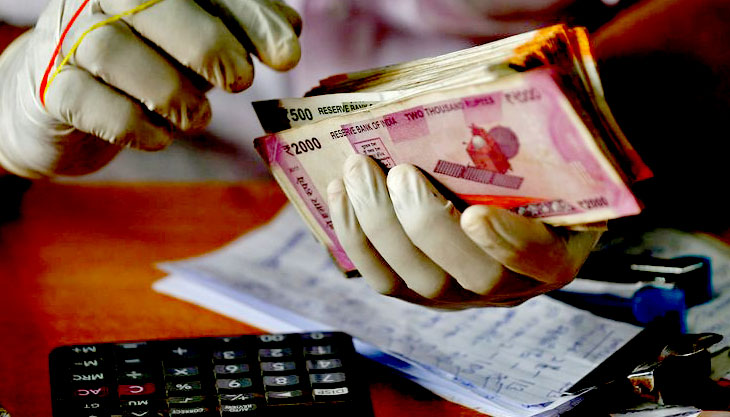India wants to keep its fiscal deficit in FY2023 at the same level as it was in FY2022.

New Delhi/Mumbai (Reuters) – Officials say that India’s government won’t be able to cut its budget deficit as planned this fiscal year. Instead, they will attempt to keep the shortfall at the same level as last year in order to prevent the public finances from deteriorating significantly.
New Delhi is worried about risks to its sovereign credit rating, so it is trying to keep some fiscal discipline. But this will probably make it harder for the government to control inflation and help people and businesses.
In February, Prime Minister Narendra Modi’s government set a goal for the fiscal deficit to be 6.4% of gross domestic product (GDP) for the year that began on April 1. This is less than last year’s deficit of 6.7%.
Sources said that the government would miss its goal this year because it had to spend more to fight inflation, but policymakers would try to keep the difference to 30 basis points.
One of the officials, who did not want to be named, told Reuters, “We will try to keep the slippage at the same level as last year.”
India had to cut fuel taxes and change duty structures in May because of rising costs. This cut revenues by about $19.16 billion, while more subsidies for fertiliser drove up spending.
The government and central bank have been working hard to keep prices from going up after inflation jumped to levels not seen in years.
Retail price inflation has been above the Reserve Bank of India’s 6 percent limit for five months in a row, and wholesale price inflation is at its highest level in 30 years.
The government is worried about how a budget slip-up could affect its sovereign credit ratings. Its debt to GDP ratio, which is currently around 95%, is much higher than the 60-70 % range for other economies with the same rating.
So, the government doesn’t have much room to give more help, since the measures from May are already expected to raise the deficit by more than 30 basis points if revenue doesn’t go over the budget goal.
“The government can do more, but how much will it cost? “If more steps are taken, it will be necessary to borrow more from the market, which will cause yields to rise and, in the long run, lead to higher inflation,” “said a second person who knows about the talks.
Both officials said that the government doesn’t want to add to its record market programme of 14.31 trillion rupees this fiscal year. They also said that a decision on whether to borrow more money would be made in November.
After the report, the benchmark 10-year bond yield went up 1 basis point to its day’s high of 7.44 percent, bringing its daily gain to 4 bps.
When asked for a comment, the Finance Ministry did not answer right away.
“From now on, monetary policy will have to do more to start a corrective balance between inflation and growth. “The first quarter was good for tax collections, but the excise tax cut could make up for that,” senior economist and founder of QuantEco Research Shubhada Rao said.
“It’s too early to tell how bad the slippage is, if any. Since the net borrowing is already big, getting more money from the market would be the last thing to do “she said.
The first official said that the current estimate of 2.15 trillion rupees for fertiliser subsidies could go up by 500 billion to 700 billion rupees. In addition, the price of crude oil was going up, and there wasn’t much room for tax cuts.
“We know we might have to get ready for more measures, but that might mean cutting other growth-focused spending,” he said.
The second official said that since the central government couldn’t do much more to control inflation, state governments had to do more.
The first official said that getting tax money is still the “bright spot” and has given the government some room to move.
From April to June 16, the government collected 3.4 trillion rupees in direct taxes, which is 45 percent more than the same time last year. Indirect taxes rose by nearly 30 percent from April to May.
($1 = 78.3050 Indian rupees)





